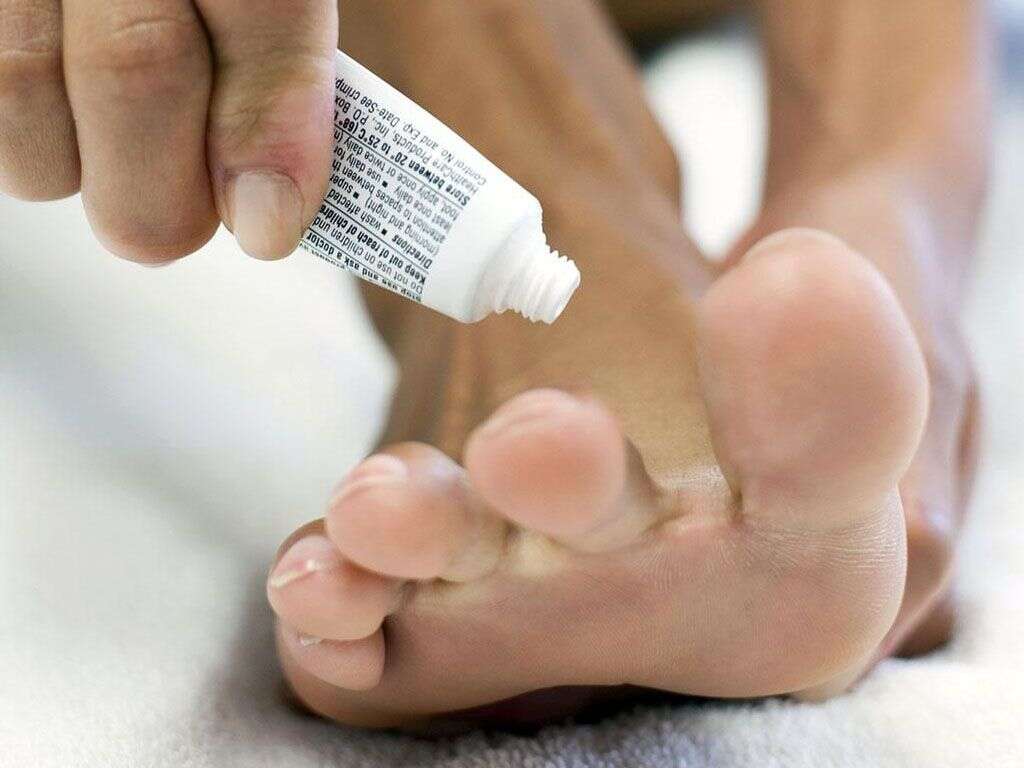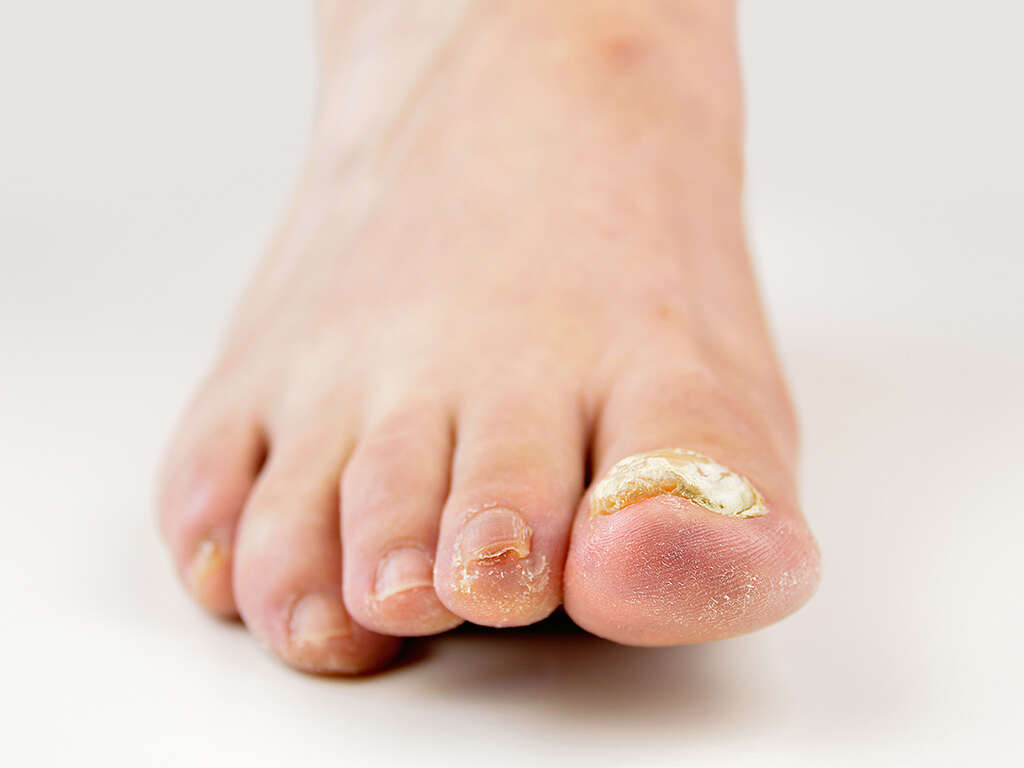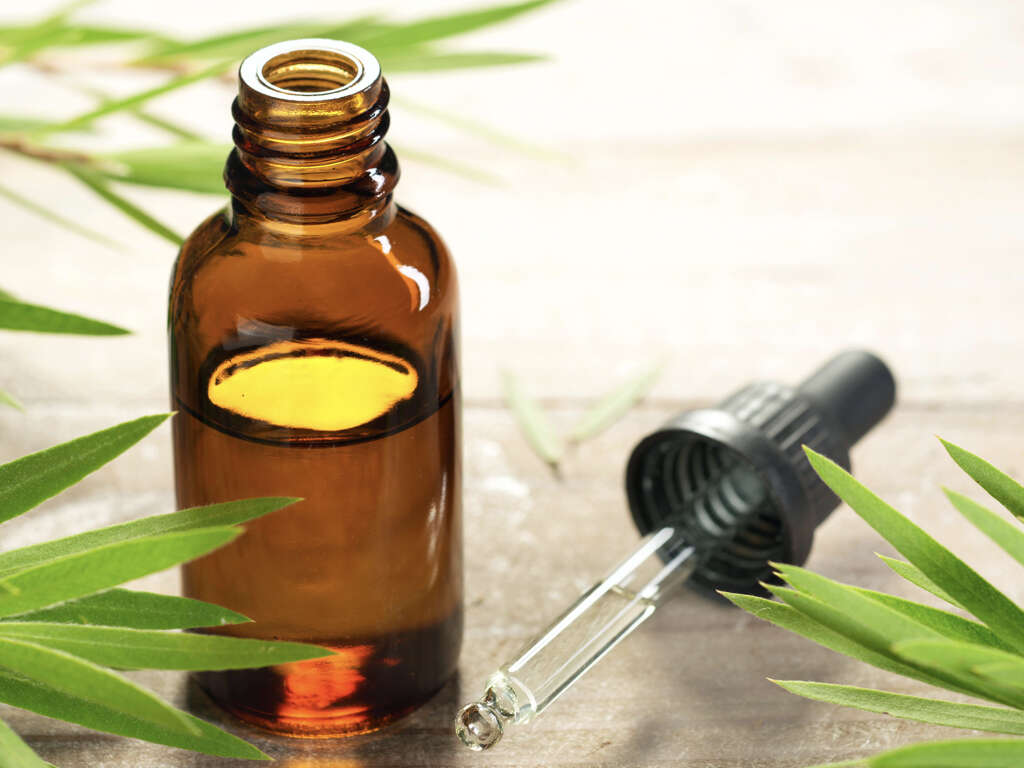10 Home Remedies For Ingrown Toenails
Ingrown toenails can be caused by a wide range of different things, and having close fitting footwear that restricts space is among the most common of all. An ingrown toenail will grow into the surrounding soft tissues and this can cause redness, swelling, and pain.
Depending on the severity of the problem, it may be necessary to have the toe removed. It can sometimes be treated without removal, though, and treatment will mainly focus on reducing the inflammation and pain.
There are various home remedies that can help you to achieve this and here’s a look at just a few of the most popular.
Home Remedy #1: Apple Cider Vinegar
Apple cider vinegar is just as it sounds: vinegar made from apples. It is sometimes used in cooking or in salads, and many people think that it also holds numerous health benefits. It is also a common ingredient when it comes to making home remedies for a wide range of ailments.
An ingrown toenail can get infected. Apple cider vinegar will help to stop this from happening because it has antifungal and antibacterial properties. It is also able to help reduce inflammation, which can help to relieve some of the pain. To use it as a remedy, you can apply some gently to the affected nail twice a day.
Home Remedy #2: Baking Soda
Baking soda is a multipurpose powder that no home should be without. It is able to perform some surprisingly heavy-duty tasks, such as clearing blocked drains and removing stubborn dirt and grime. Alternatively, it can also be used in baking to help ensure that baked goods are light and fluffy.
Its uses don’t stop there, though, as baking soda can also help you deal with an ingrown toenail. Baking soda can help to keep the area clear of bacteria and fungi, preventing an infection from taking hold. To use it, make a paste with water and baking soda and apply it to the toe. You can cover it with a bandage to keep the paste in place.
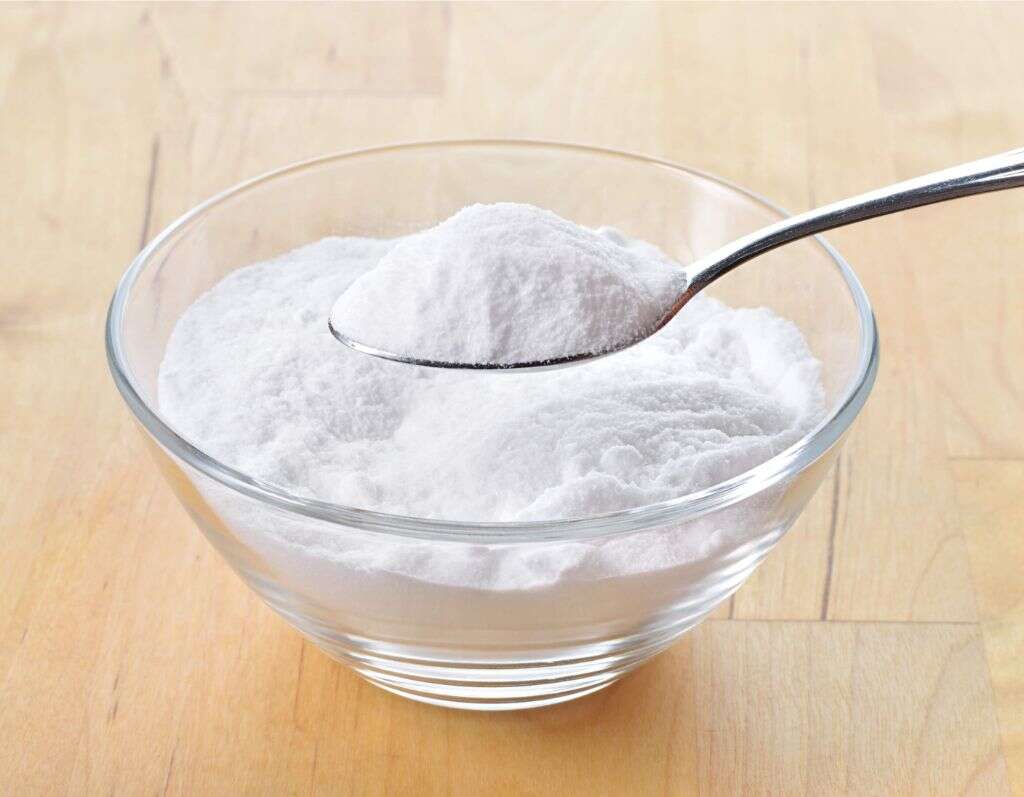
Home Remedy #3: Warm Soapy Water
Every now and again, we want nothing more than to be able to soak in a bath full of hot water. Doing so can be very relaxing and not only because it is an opportunity to get some peace and quiet. A long soak in a bath is also beneficial because it can help promote healthy blood circulation.
Soaking your feet in warm, soapy water can help to get the blood flowing in that area. This can help to reduce the swelling and reduce the pain along with it. You can also try experimenting with different types of soap to see which type brings the most relief for you.
Home Remedy #4: Hydrogen Peroxide
Hydrogen peroxide is a fairly common substance that has the chemical formula H2O2. It is often used as a bleaching agent and is commonly found in salons with the purpose of removing color from hair. It is caustic and it needs to be treated with caution to avoid burning the skin.
Hydrogen peroxide is also an antiseptic, making it effective at preventing infections. To use it, take a foot bath and fill it with warm water. Then, pour in half a cup of 3% hydrogen peroxide. You should allow your feet to soak for around 20 minutes and you should repeat two to three times a day.
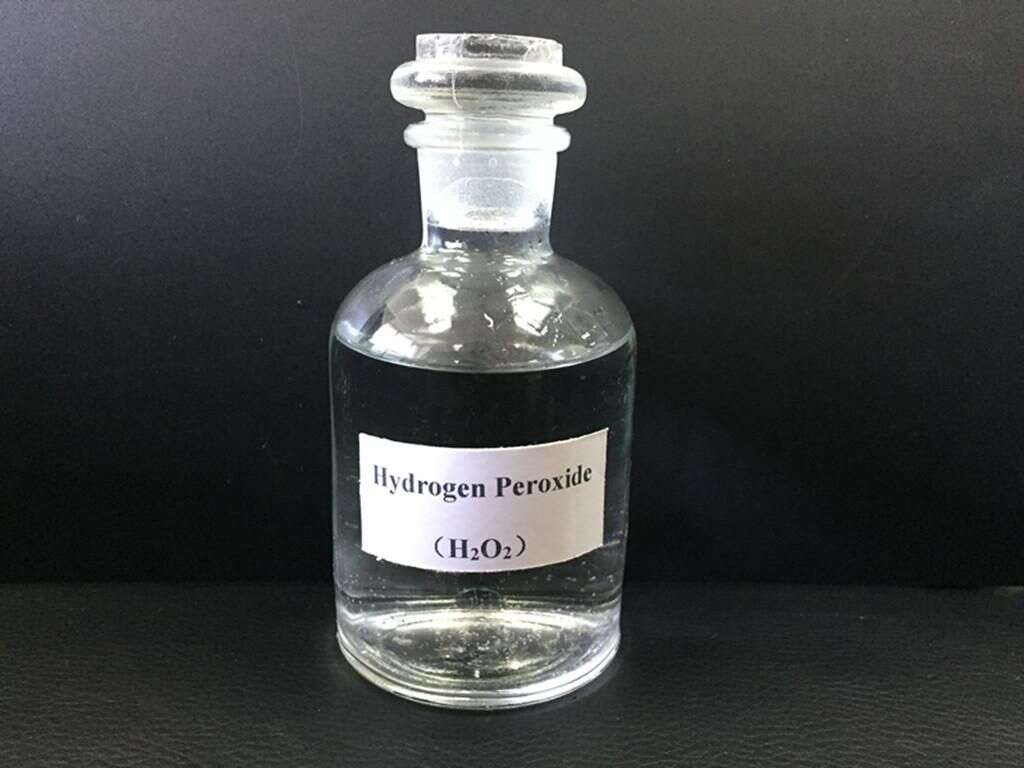
Home Remedy #5: Comfortable Socks
Socks are very useful in helping to prevent too much friction between our feet and our shoes. It is important to make sure that they are not too tight, though, otherwise they could cause problems. Indeed, socks and/or shoes that are too tight are thought to be one of the leading causes of ingrown toenails.
If you have an ingrown toenail then you should make sure that any footwear is comfortable and loose enough to prevent making the situation worse. Better still, take your footwear off completely to help ease the situation. Even if you don’t have an ingrown toenail, you should still wear comfortable footwear to help prevent problems.
Home Remedy #6: Tea Tree Oil
Tea tree oil is an oil that is extracted from the leaves of the tea tree. It has wide-ranging uses as a remedy and is often used topically to help treat skin conditions such as acne. It can also be very useful to people that are suffering from an ingrown toenail.
Tea tree oil is helpful because it can help prevent bacterial and fungal infections. To make a remedy from it, apply a few drops directly onto the affected area. If you have sensitive skin then you could also try mixing it in with olive oil or coconut oil first. Repeat this twice daily to reduce the chances of getting an infection.
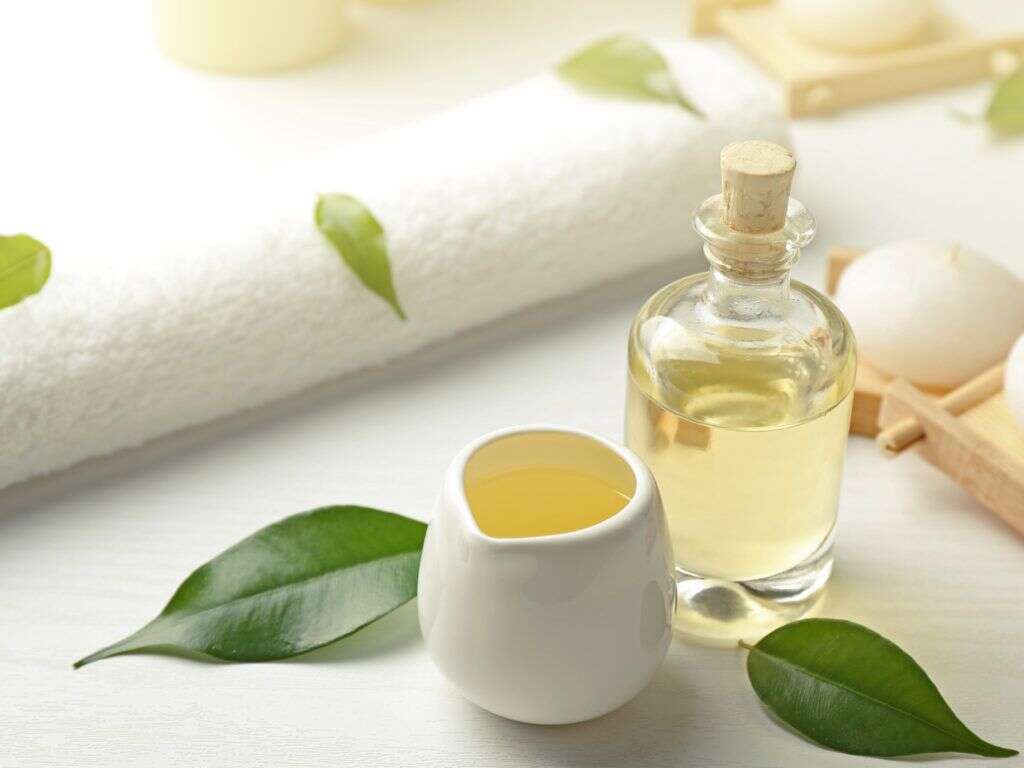
Home Remedy #7: Coconut Oil
Coconut oil, not to be confused with coconut milk, has seen an increase in popularity in the last decade or so. It can be used as a relatively healthier alternative to other cooking oils, but its benefits don’t stop there. Coconut oil can also be used to make various remedies, including helping with ingrown toenails.
Coconuts contain certain fatty acids that can help to prevent an infection. They also have anti-inflammatory properties as well as analgesic properties. To use it as a remedy, all you need to do is to take some virgin coconut oil and apply it to the affected toe. This will help pain and prevent infections, as well as helping you to smell great.
Home Remedy #8: Lemon
A squeeze of lemon in soups, beverages, or sauces can really help to add a bit of zest. It is also often used as an ingredient in pastries, cakes, sweets, and even curries. It can also be used as an ingredient in some remedies, and this includes a remedy to help deal with ingrown toenails.
To use lemon juice as a remedy, take a teaspoon of fresh lemon juice. Gently apply it to the affected area and then cover it with a bandage and leave it overnight. Do this once a day and your ingrown toenail should hopefully not develop an infection.

Home Remedy #9: Epsom Salt
Epsom salt is named after Epsom in Surrey, England, where it was first discovered. It is commonly used to help increase the sulfur or magnesium content in soil for farming. It is also considered to be an essential medicine by the World Health Organization.
It is used in medicine thanks to various properties, including its ability to help reduce inflammation and ease the pain. All you need to do is to fill a foot bath with warm water and then add one to two tablespoons of Epsom salt. Repeat this two to three times a day and it should hopefully be able to relieve your discomfort.
Home Remedy #10: Garlic
Legend has it that garlic is able to keep vampires away. While this is almost certainly nothing but folklore, garlic does have some properties that we can be more certain of. As well as being a popular ingredient in food, garlic is also thought to have certain medicinal properties.
Garlic has been shown to be able to reduce inflammation, and this can help to accelerate healing. It also has antimicrobial properties that can help prevent an infection from occurring. To use it, crush two to three cloves of garlic and apply them to the affected area, wrapping it with a bandage before you go to bed. Do this every day to help encourage the healing of the nail.



